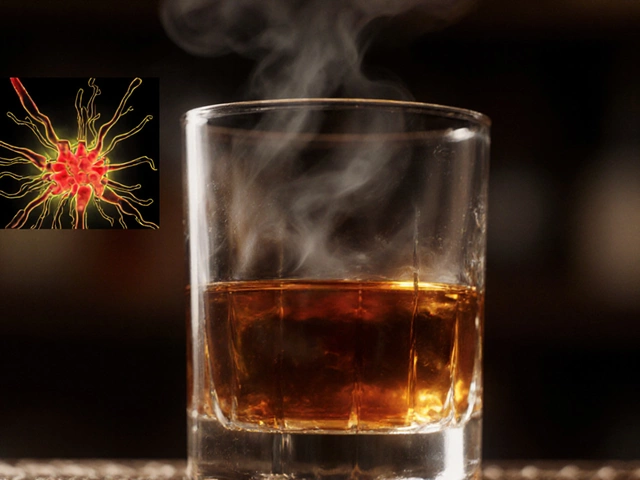Oldest Spirit Drink: What the First Liquor Was and Why It Still Matters
If you’ve ever wondered what the world’s first booze tasted like, you’re not alone. People have been fermenting fruits, grains, and honey for thousands of years, and those early drinks laid the groundwork for today’s spirits. In this guide we’ll look at the oldest known spirit drinks, how they were created, and why they’re still worth a sip.
From Honey to Meadhouse: The First Fermented Spirit
Archaeologists think the earliest alcoholic beverage was probably mead – a simple mix of honey, water, and wild yeast. Pottery shards from around 9,000 BC in China show traces of honey fermentation, making it a strong contender for the oldest spirit. Mead is sweet, a little fizzy, and easy to make at home with just a few ingredients.
What’s cool about mead is that it never needed distillation. People just let nature do the work, and the result was a low‑alcohol drink that could be stored for months. If you want a taste of pre‑history, look for modern meads that use ancient honey varieties – they try to replicate that original flavor.
Grain‑Based Spirits: Early Beer, Wine, and Distilled Liquor
While mead is a honey‑based brew, early humans also turned grains into alcohol. The Sumerians in Mesopotamia were making barley beer as early as 5,000 BC. That beer wasn’t the crisp lager we know today; it was thick, cloudy, and often flavored with dates or herbs.
Distillation came much later, around the 8th‑9th centuries AD in the Middle East. The earliest distilled spirit that survived the ages is arak, a grape‑based spirit from the Levant. It’s clear, strong, and traditionally flavored with anise. Modern arak lovers still respect the ancient method of double‑distilling grape mash.
Another contender for the oldest distilled spirit is Japanese shochu, which started as a simple rice or barley mash in the 15th century. Though not as ancient as arak, shochu shows how different cultures adapted the same basic process.
All of these drinks share a common thread: they began with fermentation, then moved to distillation when people discovered how to concentrate alcohol. That shift turned low‑proof beers and wines into the high‑proof spirits we enjoy now.
Want to explore more about how ancient drinks connect to modern tasting? Check out our posts on whisky pre‑tasting foods, gin’s changing popularity, and the science behind pouring wine. Each article adds a piece to the puzzle of how we’ve shaped our drinking habits over time.
So, whether you’re sipping a honey‑sweet mead, a smoky arak, or a clean shochu, you’re tasting a piece of history. Try one of these ancient spirits at your next tasting session and think about the hands that first fermented the mash. It’s a simple way to bring the past into your glass.
Curious about the oldest spirit drink? Explore how humankind first discovered distillation, what ancient societies drank, and which spirits sparked civilization’s love for strong liquor.
View Details

